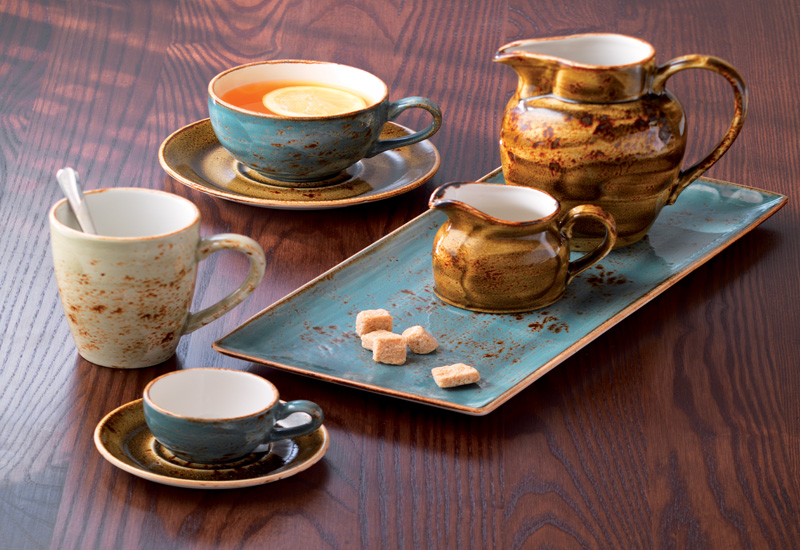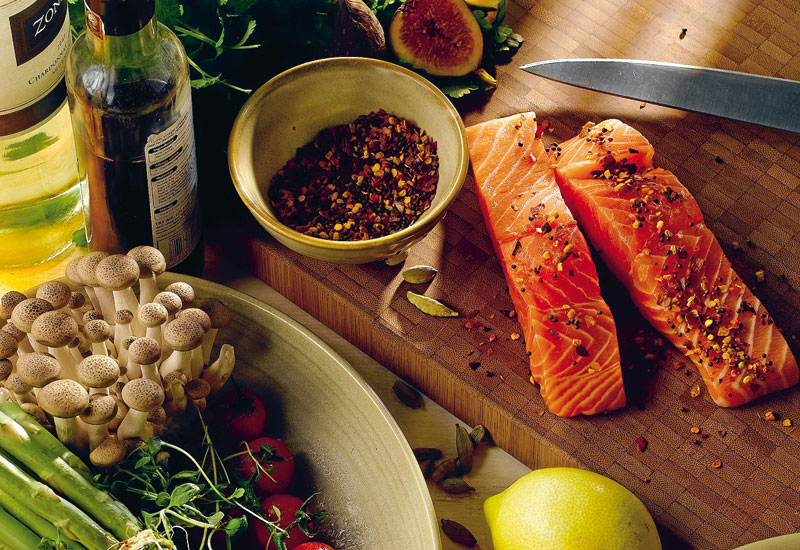 Some of the new and stylish ranges released from A.Ronai; the Craft collection with a rustic feel, and the Optik range, featuring smooth curved designs.
Some of the new and stylish ranges released from A.Ronai; the Craft collection with a rustic feel, and the Optik range, featuring smooth curved designs.
What are your main challenges?
Wolfgang Meyer: Our main challenge is the competition that we are seeing from the Far East, with companies creating cheap products.
Allen Hutchings: Projects getting delayed makes it difficult maintaining pricing, especially when projects move to the next financial year. In situations where goods are ordered but are not ready to be received the cost of warehousing dilutes the ever thin margins even further. Cash flow is severely affected as payments are released only on goods delivered, whereas goods have been fully paid up to the respective manufacturers.
Shubhendu Roy: The main challenge in the industry today is having the regional market accept the new brands on the market.

| Advertisement |
Zia Muhammed: It is difficult to be creative and source products that are totally innovative and new to the market. The ‘wow factor’ is a helpful component for us while presenting a new line to the client, and you need something that is an instant trendsetter.
Renu Oommen: The budget constraints which are set by the hotel investors on one hand and, on the other hand, the quality and durability needs of hotel chefs.
Esra Parin: It’s not easy to find something simple to bring out the food on the plate, yet finding something different to make it stand out.
Are there issues holding or replenishing stock?
Gavin Dodd: We carry nearly 150,000 pieces of tabletop products in our warehouse at any one time. This is obviously a huge financial commitment and, whilst the client generally applauds our actions, unfortunately we are still operating in a market that is not prepared to pay for that investment. It is also a big challenge for us to select the correct items.
We probably have 50,000 plates in stock but often a client will not take the 28cm plate that we have in stock but will insist on the 27cm plate that we will need to order from the factory.
Esra Parin: Lead times are definitely a big problem that we encounter in the food and beverage industry. Suppliers will say that it takes 12 weeks when you order something, but usually you end up waiting for at least four to five months.
And then if you’re choosing new designs, that will take another two months in getting samples and then testing it. You really have to plan in advance. If you have an emergency, you sometimes have to end up buying things off the shelf.
Zia Muhammed: Having a substantial inventory of regular moving products supports our growth and helps sustain the professional service that we are known for in this market. As a service factor we hold 20% of any line which we sell as a reorder for backup which can be delivered in 24hrs, but as there are so many designs, we unfortunately can’t hold stock of every line.
Sander Ackermans: You always need to control your stock, and naturally to order more before you are going to run out. Of course, sometimes an item is discontinued, but today there are so many manufacturers creating some wonderful products that you can always find something comparative if a stocked product is no longer available.
Article continues on next page ...









 Search our database of more than 2,700 industry companies
Search our database of more than 2,700 industry companies









